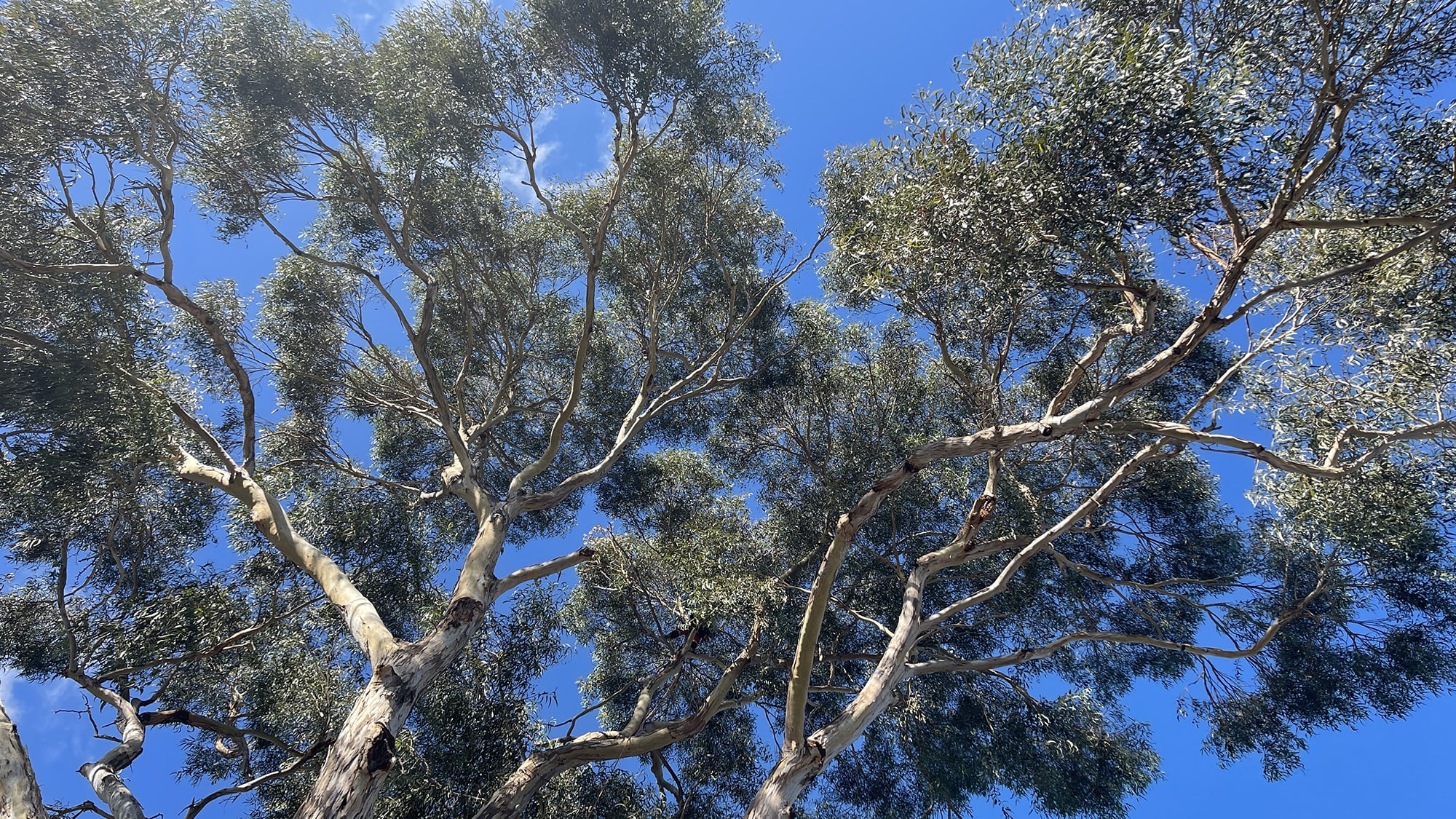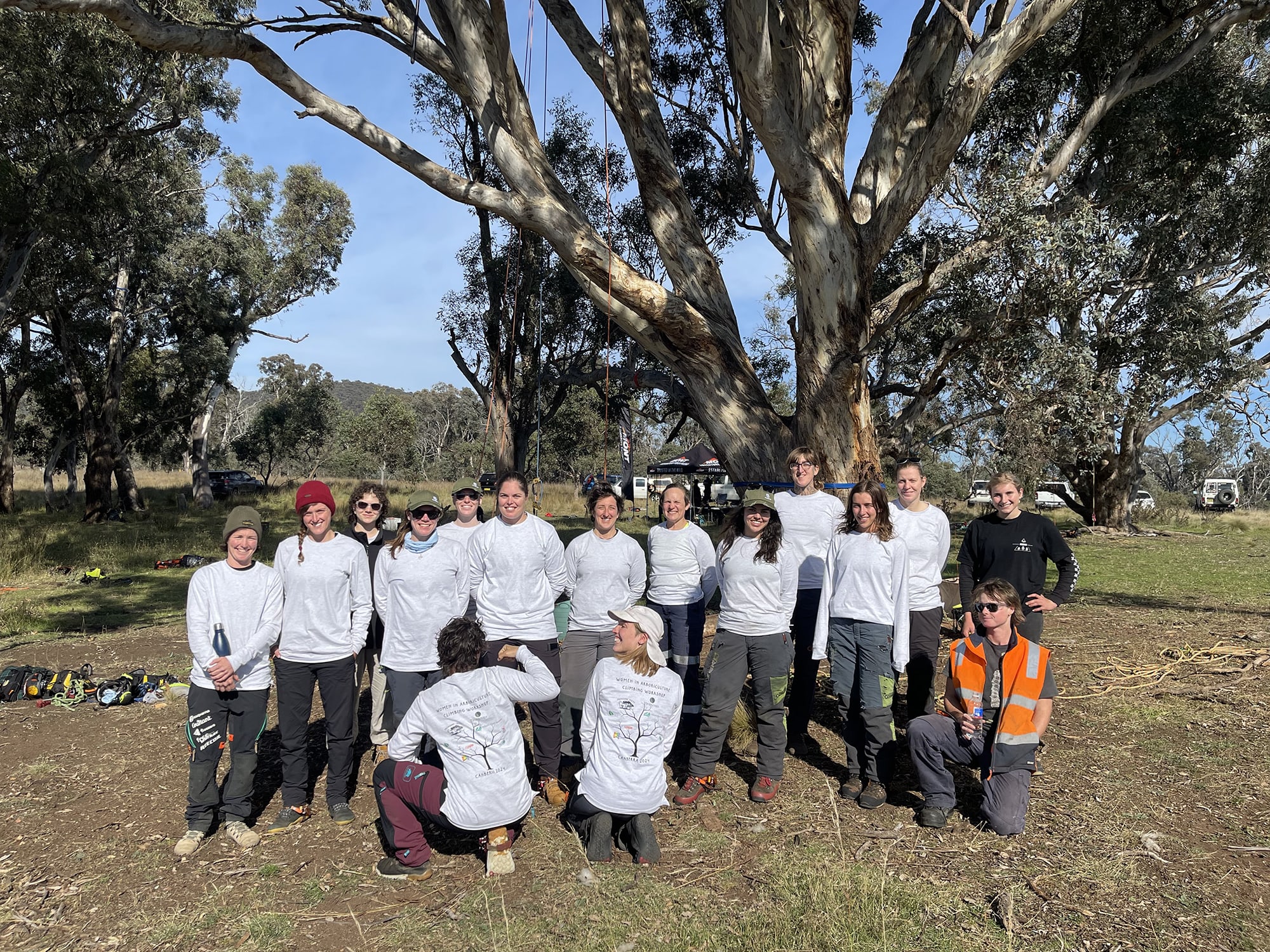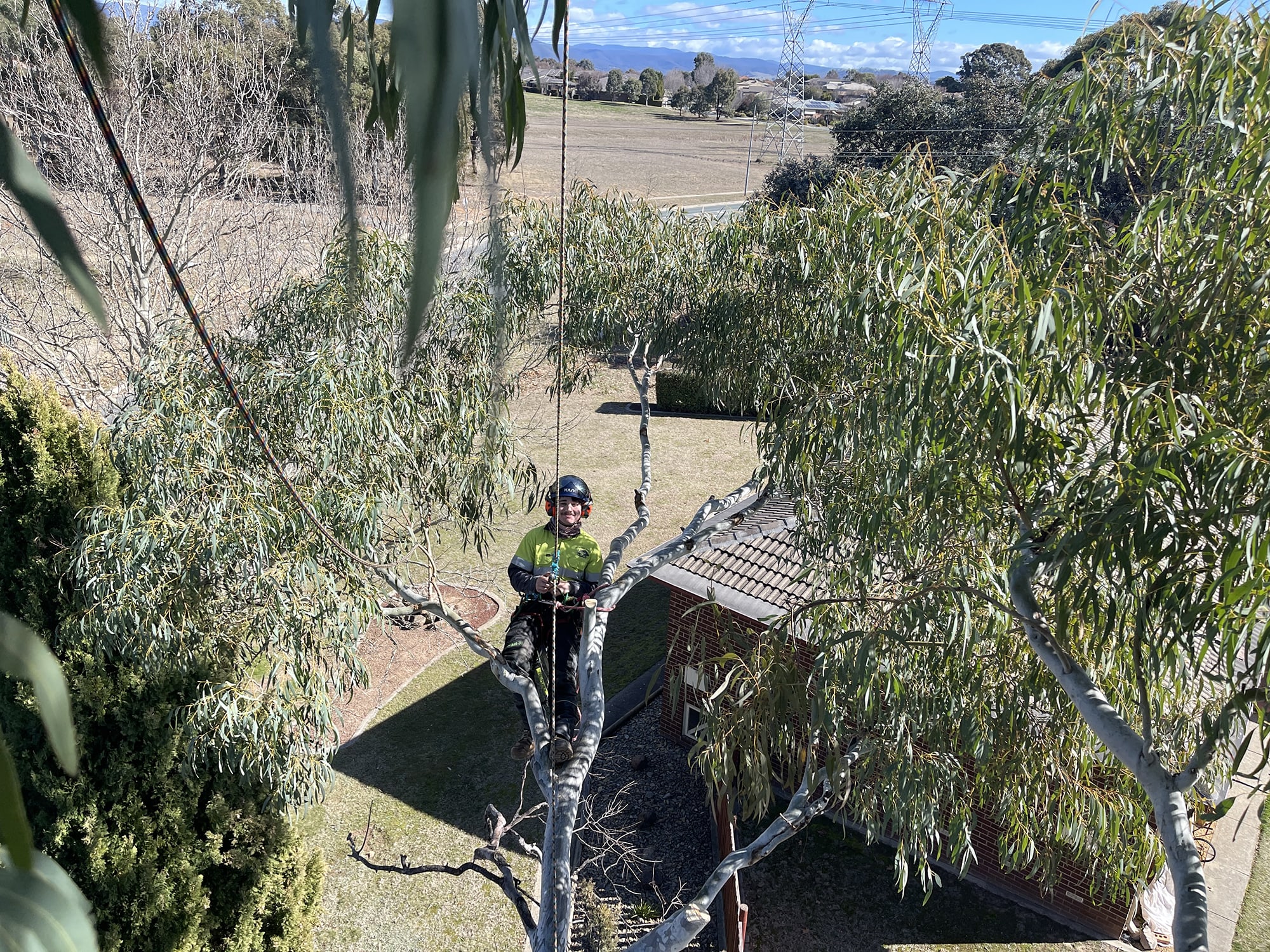Canberra is known as the ‘Bush Capital’ for good reason; as a community, we love our trees.
On January 1st, 2024, the Urban Forest Act 2023 (UFA) came into effect in the ACT, replacing the Tree Protection Act 2005. The UFA forms the legislative framework for the ACT Government’s Urban Forest Strategy 2021-2045, which aims to achieve 30% tree canopy cover by 2045.
How does an increased canopy cover benefit me?
Whether you have trees in your own backyard or not, having an increased canopy cover benefits the residents of Canberra more than you might expect. Some benefits of a healthy urban forest include:
- Providing shade and cooling our city by mitigating the Urban Heat Island effect
- Reducing stormwater flows
- Reducing air pollution, air-borne particulates and greenhouse gas emissions from the atmosphere
- Increasing biodiversity by providing and connecting habitat
- Sequestering carbon dioxide
- Reducing heat-related illnesses
- Improving mental wellbeing
- Improving human health
- Improving community cohesion
- Reducing energy costs
- Increasing property values
- Decreasing health costs
What does the UFA mean for me?
A tree on private land is protected by law if it meets any one of the following criteria:
- is 8 metres or taller
- has a canopy 8 metres or wider
- has a trunk circumference of 1 metre or more at 1.4 metres above natural ground level
- is a dead native tree on leased land that at 1.4 metres above natural ground level has a trunk circumference of at least 1.88 metres
- was planted in the last 5 years as part of a canopy contribution agreement
- is a registered tree. This means the tree has been identified as being of exceptional value and is listed in the ACT Tree Register.
The exception is where the tree is not a native species and is dead, or where it is a declared pest species.
If you have a protected tree, you need government approval to remove the tree, do major pruning, lopping or any ground work activities within the tree protection zone.
What about my powerlines?
It is important to note that where you have been issued a pruning direction by a utility company, such as EvoEnergy, you do not need to apply for approval. You must, however, follow the directions of the notice, which usually includes the requirement to engage an EvoEnergy accredited company to complete the works.
Can I do any pruning to my protected tree without approval?
Yes, so long as it is not a registered tree.
You are able to remove deadwood and prune up to 10% of the canopy per calendar year – so long as it does not alter the overall shape of the canopy or involve removing limbs with a diameter of 100mm or more. Pruning must be done in accordance with Australian Standards.
Just because you can prune 10% of the canopy each year, it does not mean that you should. To ensure expert, long-term management of your protected trees, book in a consultation site visit with one of our AQF5 or AQF8 arborists today.
How do I apply for approval?
You can apply for approval to perform any one of the tree damaging activities listed above on the ACT Government website here https://urbanforest.cityservices.act.gov.au/UrbanForestManagementSystem/s/forms/tree-activity-application-landing.
We can submit the application, including any required attachments such as pruning plans, on your behalf.
What is a Canopy Contribution Agreement (CCA)?
If a protected tree is approved for removal, you will be required to enter into a canopy contribution agreement with the ACT Government. For owner-occupiers, this will include the requirement to replant 2 trees on your block. Some exceptions apply.
1. Meyers, J., Devereux, D., Van Niel, T., & Barnett, G. (2017). Mapping surface urban heat in Canberra. Canberra, Australia: CSIRO.
2. Dias Baptista, M., J Livesley, S., Ghanbari Parmehr, E., Neave, M., & Amati, M. (2018). Terrestrial Laser Scanning to Predict Canopy Area Metrics, Water Storage Capacity, and Throughfall Redistribution in Small Trees (Vol. 10).
3. Irga, P. J., Burchett, M. D., & Torpy, F. R. (2015). Does urban forestry have a quantitative effect on ambient air quality in an urban environment? Atmospheric Environment, 120, 173-181. Retrieved from http://www.sciencedirect.com/science/article/pii/ S1352231015302958
4. FAO (2013). Towards the assessment of trees outside forests. Forest Resources Assessment Working Paper, 183, 345.


